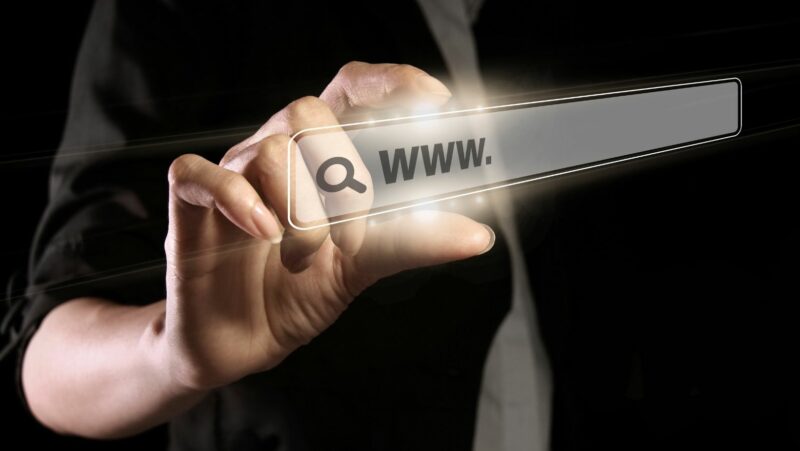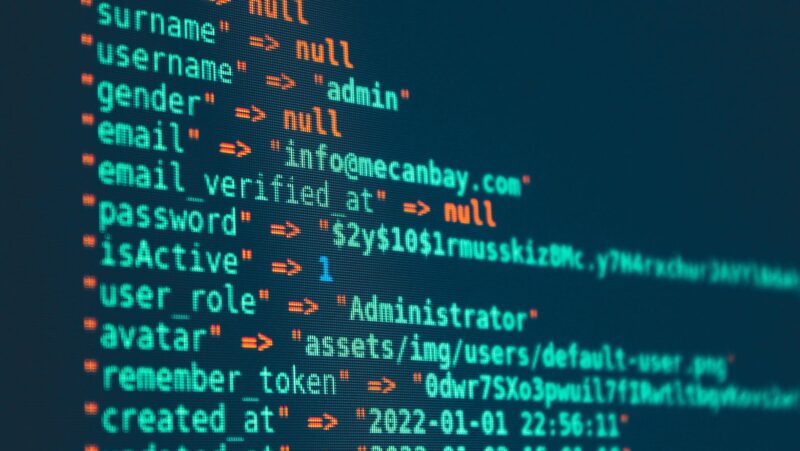
It is no secret that the internet has become an integral part of our lives. For many, it has replaced traditional modes of communication and entertainment. And for people with disabilities, the internet can be a life-changing tool, especially with the use of accessibility tools such as accessiBe.
But for people with certain disabilities, using the internet can be difficult or even impossible. Many websites and apps are not designed with accessibility in mind. As a result, people with disabilities can find themselves left out of the digital world.
There are a variety of disabilities that can affect a person’s ability to use the internet. Some of the most common include:
Blindness or low vision
Blindness or low vision can severely impair a person’s ability to use a computer or browse the internet. Without seeing the screen, it can be difficult to navigate websites and find the content you are looking for.
There are a few ways that blindness or low vision can be accommodated on the internet:
- Use of screen reader software: This type of software reads aloud the text on a website or app, which can be helpful for people who are blind or have low vision. You can find the best screen readers at an affordable price, which makes them accessible for those who are on a budget.
- Screen magnification software: This software magnifies the screen, making it easier to see.
- Better website design: Websites designed with accessibility in mind can be much easier to use for people with blindness or low vision. For example, websites that use large fonts and high-contrast colors can be easier to read.
Hearing loss or deafness
Hearing loss or deafness can make it difficult to use the internet in a few different ways. Firstly, it can be difficult to watch videos without being able to hear the audio. Secondly, it can be difficult to use chat features or make video calls without being able to hear the other person.
There are a few ways that hearing loss or deafness can be accommodated on the internet:
- Use of subtitles: Many videos now come with subtitles, which can be helpful for people who are deaf or hard of hearing.
- Use of sign language: Some websites and apps now offer the option to use sign language, which can be helpful for people who are deaf.
- Better website design: Websites designed with accessibility in mind can be much easier to use for people with hearing loss or deafness. For example, websites that offer text-based chat features can be much easier to use than those that only offer audio-based chat features.
Physical disabilities
Physical disabilities can make it difficult or impossible to use a computer or browse the internet. For example, someone who is paralyzed may not be able to use a mouse or keyboard. And someone with a chronic illness may not be able to sit at a computer for long periods of time.
There are a few ways that physical disabilities can be accommodated on the internet:
- Use of alternative input devices: A variety of alternative input devices can be used to browse the internet, such as eye-tracking software and head-tracking software.
- Better website design: Websites designed with accessibility in mind can be much easier to use for people with physical disabilities. For example, websites that can be navigated without using a mouse or keyboard can be very helpful for people who are unable to use those input devices.
Conclusion
The internet can be a great resource for people with disabilities. But unfortunately, many websites and apps are not designed with accessibility in mind. This can make it difficult or impossible for people with certain disabilities to use the internet. By taking steps to accommodate different disabilities, we can make the internet a more inclusive place for everyone.












